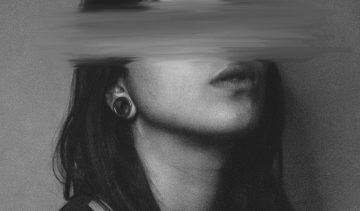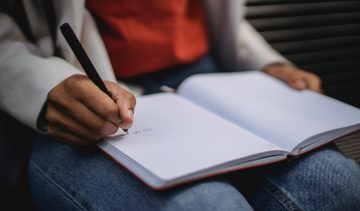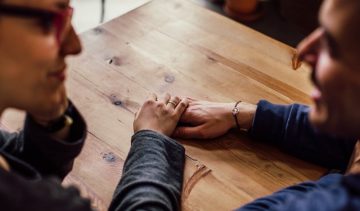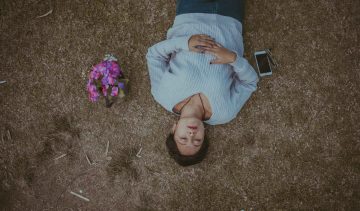Our feelings and thoughts influence our bodies and behavior. Whether we feel happy, scared, angry or stressed, those feelings are always accompanied by body sensations and physical tension or relaxation. On the other side, however, we can also influence and change our feelings with our behavior and our body. How do you do that, you’re thinking? How do you deal with being overstimulated? By using a relaxation technique!
Relaxation techniques
If we have gone all the way during exercise, had a massage or showered after a strenuous day, taken a bath or went to the sauna, we will feel more relaxed than before. A relaxed body leads to feelings of relaxation. A tense body leads to feelings of tension. If we feel tense and stressed, it will also have physical effects. But we can counteract that with targeted physical relaxation.
Through such behavior, such as getting a massage or taking a shower, you can try to relax in a targeted manner and thereby end up in a state of peace. In daily life there are situations where you cannot say “I am going to take a bath now because I need some rest” whenever you are feeling overstimulated. In such situations you need different relaxation techniques.
The body scan
With this exercise you learn to scan your body. By scanning your whole body, you become aware of what sensations are going on. There are various variations on the body scan, but this one is based on the original version of Kabat-Zinn. It focuses on conscious physical relaxation.
The exercise: body scan with emphasis on physical relaxation
- Make sure that you lie or sit comfortably, close your eyes and relax. Breathe deeply in and out three times and then continue breathing normally. If you lie down, leave both arms beside you, turning your palms upwards. Relax your pelvis by keeping a little distance between your legs. Preferably do not place a pillow under your head. Meaning that your head, neck and spine are aligned.
- First of all, focus your attention on external stimuli such as sounds and then shift your focus more and more inwards. Feel the contact between your body and the floor or chair. Observe how your breath flows through your body all by itself and feel your chest and stomach go up and down. Where do you feel your breath the strongest? Hold your attention for a few minutes.
- Then turn your attention to your left foot and observe all the sensations: in your toes, the sole of your foot, your heel. What are you feeling there? What do you feel in your left foot? Heat? Cold? Itching Where do you have contact with the floor or your shoe? Do you feel anything at all? That’s okay. Keep your attention exclusively to your left foot. If notice that your thoughts are all over the place, be nice to yourself and bring your attention back to your left foot. Then, as a second step, consciously relax your left foot; try to become soft and to release all muscle tension.
- Then bring attention to your right foot. Feel and observe the body sensations in your right foot and consciously keep your attention there. What are you observing? Then carry out the second step: try to relax the muscles in your right foot as much as possible. Feel the difference with the situation before.
- Scan the rest of your body. Always do this in two steps: first observe the body part carefully and then ensure that it becomes completely relaxed. Perhaps it helps if you imagine that every time you breathe in, you consciously breathe in the affected area and relax it even more during the exhalation.
- Apply both steps to all further parts of your body: start with your toes and gradually go to your upper body. There is often tension in your jaw, lips or between your eyebrows.
- When you have scanned your entire body, consciously feel the physical relaxation and heaviness that come from your skull to your toes. Enjoy that feeling and consciously allow yourself a few minutes to rest and relax. If you notice that you have lost contact with being present, then bring your attention back to the physical feeling of relaxation and warmth.
- When you are ready, carefully open your eyes. Stretch out and consciously bring your attention back to the here and now.
Relax in daily life
If you have practiced the body scan a few times you will notice that your physical awareness is changing and that you can and will start practicing the exercise almost automatically as soon as the first signs of overstimulation and physical or emotional tension begin to feel. You can also choose to do a shortened version of the exercise, for example by focusing on just two body parts whenever you feel overstimulated.











